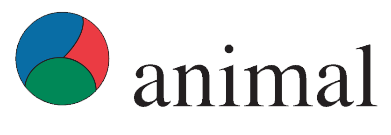Document type : Scientific review published in Animals
Authors: Musadiq Idris, Jashim Uddin, Megan Sullivan, David M. McNeill, Clive J. C. Phillips
Preview: Cattle are susceptible to heat stress, especially those kept on high levels of nutrition for the purpose of maximising growth rates, which leads to a significant heat increment in their bodies. Consequences include compromised health and productivity and mortalities during extreme events, as well as serious economic loss. Some measures of heat stress, such as plasma cortisol and temperature in the rectum, vagina, or rumen, are invasive and therefore unlikely to be used on farms. These may cause additional stress to the animal due to handling, and that stress in itself can confound the measure. Consequently, it is desirable to find non-invasive alternatives. Panting score (PS), cortisol metabolites in faeces, milk, or hair, and the infrared temperature of external body surfaces are all potentially useful. Respiratory indicators are difficult and time consuming to record accurately, and cortisol metabolites are expensive and technically difficult to analyse. Infrared temperature appears to offer the best solution but requires further research to determine the thresholds that define when corrective actions are required to ensure optimal health and productivity. Research in this area has the potential to ultimately improve the welfare and profitability of cattle farming.




